The Richard Speck case, also known as the Chicago Nurse Murders, is a horrifying chapter in American crime history. On the night of July 13, 1966, Speck, a mass murderer, brutally killed eight student nurses in a South Chicago townhouse. This shocking crime not only traumatized the city but also highlighted the terrifying reality of mass murder in America. But what led Speck to commit such an unthinkable act, and how did he manage to carry out this gruesome crime?
Table of Contents
Richard Benjamin Speck: A Life Shaped by Violence and Instability
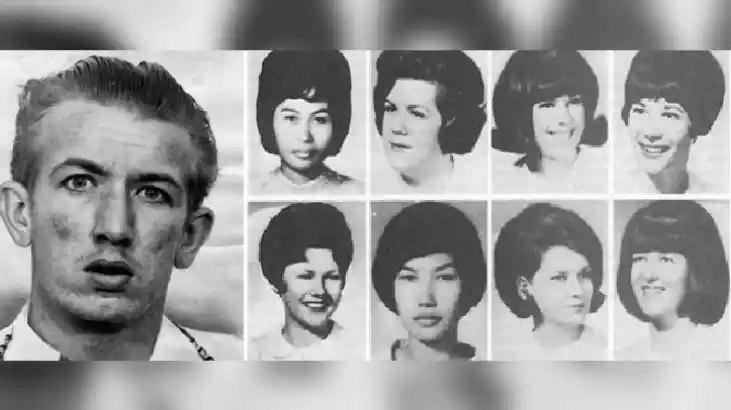
Richard Benjamin Speck’s early life was a tumultuous and violent one. Born in 1941 in Kirkwood, Illinois, he was the seventh of eight children, growing up in a chaotic household marked by his father’s, Benjamin Franklin Speck, death from a heart attack. Three years after his father’s death, Richard’s mother Mary Margaret Carbaugh married Carl Lindberg, a traveling insurance salesman with a criminal past, in May 1950. At this time, Richard changed his surname from Speck to Lindberg.
He and his sister Carolyn briefly stayed with their sister in Monmouth before joining their mother and Carl in Santo, Texas. In 1951, the family moved to East Dallas, where they lived at 10 different addresses over the next 12 years. Richard despised his often drunk and verbally abusive stepfather.
Struggling in school, he failed ninth grade and dropped out at 16. He started drinking alcohol at 12, and by 15, he was drinking almost daily. His first arrest at 13 marked the beginning of numerous misdemeanor arrests over the following years. In 1952, Richard’s older brother Robert died in a car accident, leaving him feeling isolated and alone.
As he grew older, the severity of his crimes escalated, reflecting a growing disregard for the law and the rights of others. His impulsive nature often led to violent outbursts, further exacerbating his problems and alienating him from his peers. Richard’s troubled upbringing and lack of positive role models contributed to his development of a criminal mindset, setting the stage for the horrific events that would later define his life.
Richard Speck: The Path to Infamy
Richard worked as a laborer at the 7-Up bottling company in Dallas from 1960 to 1963. During this period, he reverted to using his birth name, Richard Speck, abandoning the surname Lindberg. In October 1961, he met 15-year-old Shirley Annette Malone, who became pregnant with their daughter, Robbie Lynn Speck, in 1962 while he was incarcerated for a drunken disturbance of the peace.
After their wedding on January 19, 1962, the newlyweds initially resided with his sister Carolyn and her husband. However, Richard’s violent behavior towards Shirley ultimately led him to abandon her and their young daughter, opting for a life consumed by alcohol and criminal activities.
In July 1963, at 21, he was sentenced to three years for forgery and burglary, after forging a co-worker’s paycheck and robbing a grocery store, only getting $3, cigarettes, and beer. Paroled after 16 months, he was re-arrested a week later for menacingly brandishing a 17-inch carving knife at a woman but fled when she screamed for help. Despite a new 16-month sentence, a clerical error led to his release after just six months. Post-release, Richard briefly worked as a truck driver, but was ultimately fired for absenteeism.
At his mother’s suggestion, Richard moved in with a 29-year-old divorced woman to babysit her children. In January 1966, his estranged wife filed for divorce and that same month, he was involved in a knife fight at Ginny’s Lounge, resulting in an aggravated assault charge, later reduced to disturbing the peace due to his mother’s intervention.
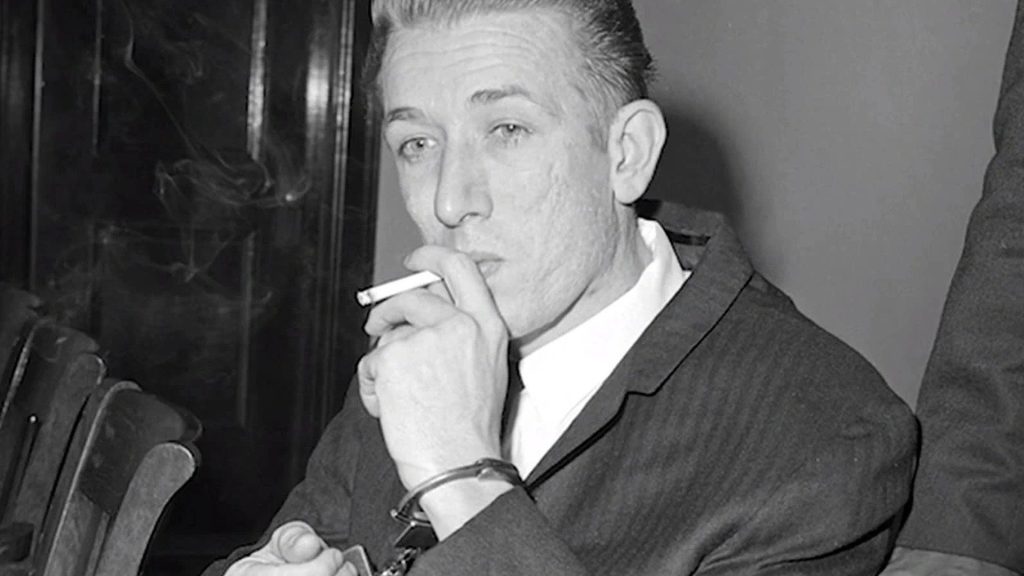
By 1966, his life was in shambles. He was living a nomadic existence, drifting from one menial job to another. His criminal activities escalated, and he became increasingly desperate and reckless. In March 1966, Richard purchased a used car, then promptly robbed a grocery store, stealing 70 cartons of cigarettes which he sold from his car’s trunk. Police traced the abandoned car and issued a warrant for his arrest. Facing another prison term, Richard fled Dallas with his sister’s help, heading for Chicago on March 9th.
Richard Speck’s Time in Monmouth: A Prelude to Tragedy
Richard arrived in Chicago and moved in with his sister Martha and her family. With his brother-in-law’s help, he applied for a seaman’s position and briefly worked on a lake freighter until an appendectomy forced him to return to his sister’s home to recuperate.
After a brief stay in Michigan with a nurse’s aide he had met during his hospitalization, he returned to Chicago and visited the National Maritime Union hiring hall in the South Deering neighborhood. This location was mere steps away from a townhouse occupied by eight student nurses, setting the stage for the tragic events that would soon unfold.
On July 8th, Richard’s hopes of boarding a ship were dashed, and he spent the weekend at his sister’s, overstaying his welcome. Between Monday and Wednesday, job assignments fell through, leaving him stranded and penniless, forcing him to sleep in an unfinished house. After a brief visit from his sister and brother-in-law, he checked into the Shipyard Inn, a local rooming house.
Serial Killer in Chicago: Richard Speck’s Brutal Massacre of Ella Mae Hooper & Eight Student Nurses
On July 13, 1966, Richard forcibly took Ella Mae Hooper, a 65-year-old barmaid, to his room at the Shipyard Inn, where she was raped and murdered. Afterwards, he stole her .22 caliber pistol and armed with a switchblade, he left for dinner at Kay’s Pilot House. Eventually, he returned to the Shipyard Inn tavern to drink until 10:20 p.m.
Later that night, he perpetrated one of the most horrifying mass murders in American history. Fueled by alcohol and possibly drugs, he broke into a townhouse in Chicago’s South Deering neighborhood, which served as a dormitory for nine student nurses from South Chicago Community Hospital: Gloria Davy, Patricia Matusek, Nina Jo Schmale, Pamela Wilkening, Suzanne Farris, Mary Ann Jordan, Merlita Gargullo, and Valentina Pasion.
Over several hours, he systematically terrorized and murdered eight of the young women, binding and gagging them, creating an atmosphere of fear and helplessness. One by one, he led them to different rooms, where he subjected them to horrific acts of violence. The methods of murder were varied and brutal, including stabbing, strangulation, and slashing of throats. Some of the victims were also sexually assaulted before being killed, adding an additional layer of wickedness to the crimes.

Richard’s actions were marked by a chilling indifference to human life. He displayed a cruel and calculated approach to his killings, methodically eliminating his victims individually. The scene of the crime was a horrific testament to the brutality of the attacks, with blood-spattered walls and evidence of a desperate struggle for survival.
The sole survivor, Corazon Amurao, demonstrated extraordinary courage and presence of mind when she managed to escape death by hiding under a bed throughout the ordeal. Witnessing the horrific events unfold with a mixture of terror and disbelief, she ultimately provided crucial information to the police, describing the attacker’s appearance and distinctive “Born to Raise Hell” tattoo.
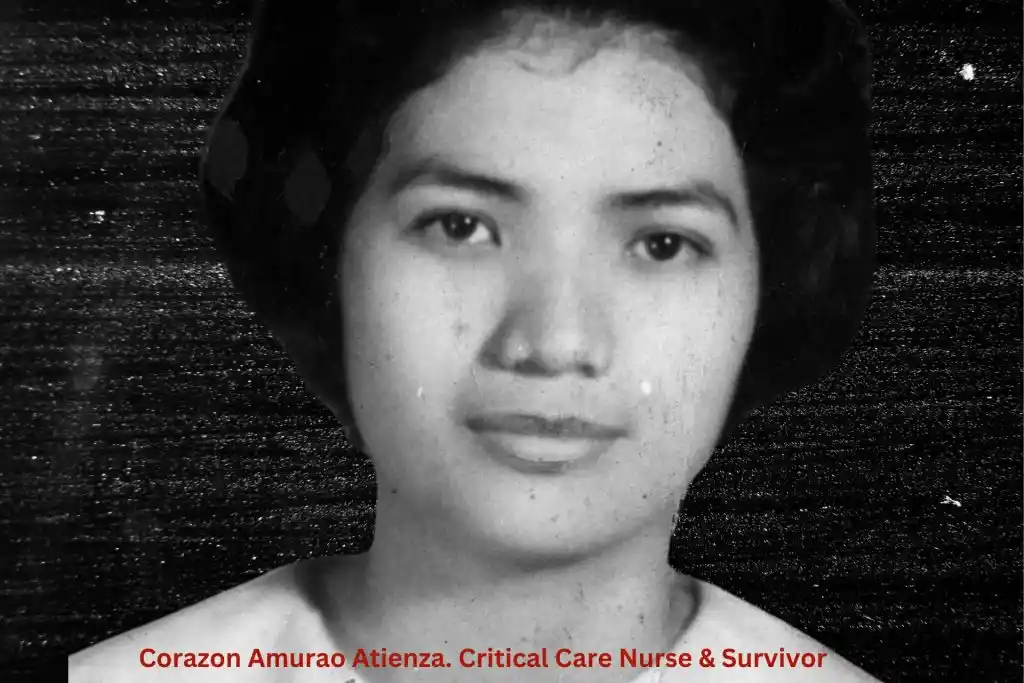
Two days after the murders, a drifter named Claude Lunsford recognized Richard from a newspaper sketch. After spotting him in his hotel room, Claude called the police; however, despite records confirming the call, law enforcement failed to respond.
The Chicago nurse murders sent shockwaves through the city, eventually sparking a massive manhunt for the perpetrator. Law enforcement agencies mobilized, combing the crime scene for clues and interviewing potential witnesses. Tips poured in from the public, but none led to a breakthrough in the case. Meanwhile, Richard, who had fled the scene, sought refuge in a flophouse hotel and attempted suicide by slashing his wrists.
On July 17th, he was taken to Cook County Hospital for treatment. A young doctor, LeRoy Smith, recognized the infamous tattoo on Richard’s arm, which had been widely publicized in the media. Dr. Smith alerted the police, and Richard was promptly arrested, bringing a sense of relief to the city, but the investigation was far from over.
Detectives meticulously gathered evidence, linking him to the crime scene through fingerprints, fibers, and other forensic evidence. Richard’s confession, although later recanted, further solidified his guilt.
Richard Speck: The Trial and Sentencing of a Mass Murderer
Richard’s trial for the murder of the eight student nurses began in April 1967, in Peoria, Illinois due to concerns about the intense media attention in Chicago. The case against him was overwhelming, with evidence including the testimony of Corazon, as well as fingerprints and other forensic evidence linking him to the crime scene.
His defense team attempted to build a case for insanity, citing Richard’s troubled childhood and history of mental instability. However, the prosecution presented a compelling argument for his sanity and premeditation, emphasizing the calculated and methodical nature of his crimes. After a relatively short trial, the jury found Richard guilty of all eight murders.
The judge, considering the jury’s recommendation, sentenced him to death in the electric chair, serving justice for the victims and their families. However, Richard’s death sentence was short-lived. In 1972, the U.S. Supreme Court ruled in Furman v. Georgia that the death penalty was unconstitutional as it was then applied. As a result, Richard’s sentence was commuted to eight consecutive life sentences, totaling 400 to 1,200 years in prison, later reduced to 100-300 years. This turn of events sparked outrage among the public and the victims’ families, who felt that he had escaped the ultimate punishment for his heinous crimes.
However, the legal system had spoken, and his fate was sealed, spending the rest of his life behind bars, never to be released at Stateville Correctional Center in Illinois. He ultimately died of a heart attack in 1991, just one day before his 50th birthday, his crimes forever etched in the annals of American criminal history.
In 1996, however, a videotape surfaced showing Richard engaging in sexual acts with another inmate and allegedly using smuggled cocaine. The video sparked controversy and raised questions about the conditions within the prison system. It also served as a chilling reminder of Richard’s turpitude and the ongoing trauma experienced by the victims’ families.
The Enduring Legacy of the Richard Speck Case
The Richard Speck case highlighted the vulnerability of young women, especially in communal living spaces, underscoring the need for enhanced security measures like improved building security and resident screening.
The criminal justice system’s repeated failure to adequately address Richard’s escalating criminal behavior, through a series of lenient sentences, allowed him to continue his violent spree, highlighting the urgent need for prison reform focused on rehabilitation and public safety. His story also exposed critical flaws in the criminal justice system’s handling of mental health, emphasizing the need for better assessment, intervention, and rehabilitation programs for violent offenders.
Similar “Serial Killers” Crime Stories
- 5 Serial Killers in North Carolina
- The Bloody Legacy Of Bonnie And Clyde
- Ted Bundy: The Charismatic Serial Killer Who Terrorized America
- The Chilling Case of Ben Doberman Serial Killer
Watch “Chicago Massacre”
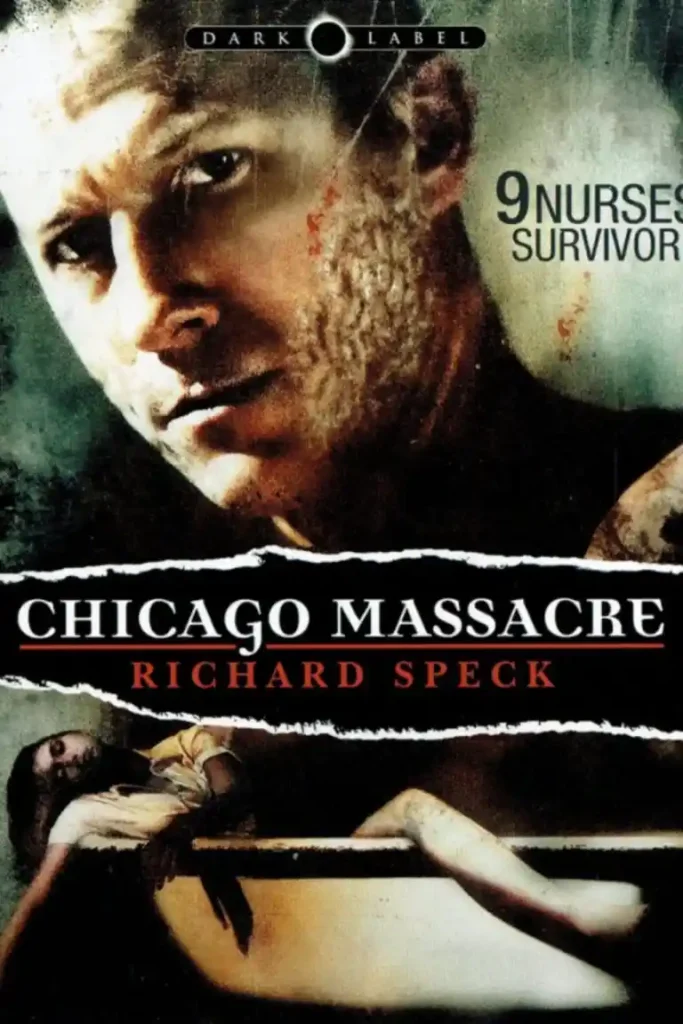
The film delves into the chilling story of Richard Speck, the infamous mass murderer who systematically tortured, raped, and killed eight student nurses in South Chicago in 1966.
Read “The Miles Before They Slept: Eight Nurses Our World Never Met”
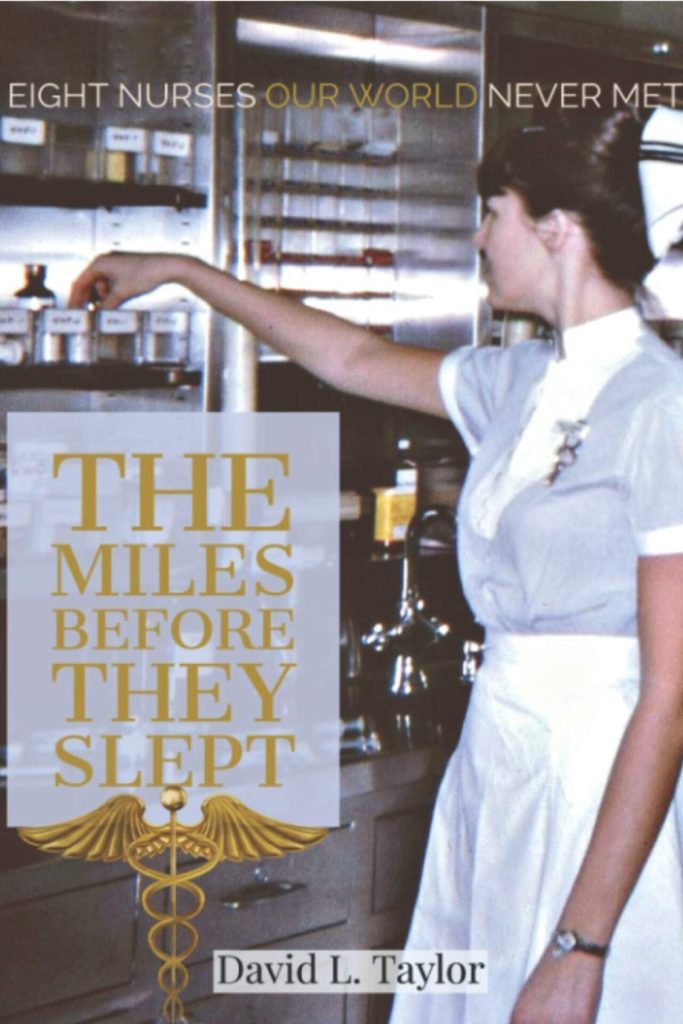
Eight young women, on the cusp of fulfilling their dreams of becoming nurses, were tragically murdered in Chicago in 1966. Two were exchange students from the Philippines, six were weeks away from graduation. This book aims to remember these women for their vibrant lives and promising careers, not just their tragic end.
Read “The Crime of the Century: Richard Speck and the Murders That Shocked a Nation”
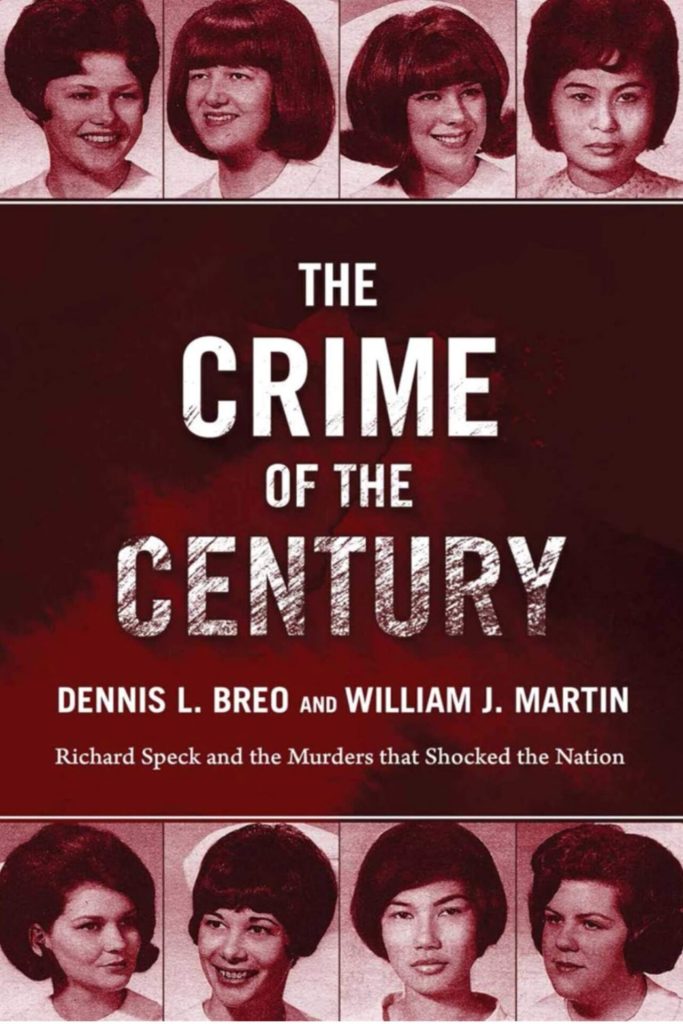
On July 14, 1966, Richard Speck murdered eight student nurses in Chicago. Only Corazon Amurao survived the horrific attack. This book recounts the chilling events of that night, the subsequent investigation, trial, and the life of the sole survivor. It reveals never-before-seen details and interviews, offering a comprehensive look at a crime that shocked the nation and changed the course of American history.
FAQs
Did Richard Benjamin Speck have XYY?
No, Richard Speck did not have XYY syndrome. Early in his incarceration, there was speculation that Speck might have an extra Y chromosome (XYY syndrome), which some believed could be linked to aggressive behavior. However, genetic testing later confirmed that Speck had a normal XY chromosome pattern, debunking the theory that XYY syndrome played a role in his criminal behavior.
Did Richard Speck killer confess his crimes?
No, Richard Speck never formally confessed to the murders, but he was caught on video in 1978 boasting about the crimes and showing no remorse.
What was the outcome of the trial for the Chicago Mass Nurse Killer?
The outcome of the trial for the Chicago Mass Nurse Killer typically includes a conviction and sentencing based on the severity of the crimes. The trial results in a legal resolution where the perpetrator is held accountable for their actions through imprisonment or other legal penalties.